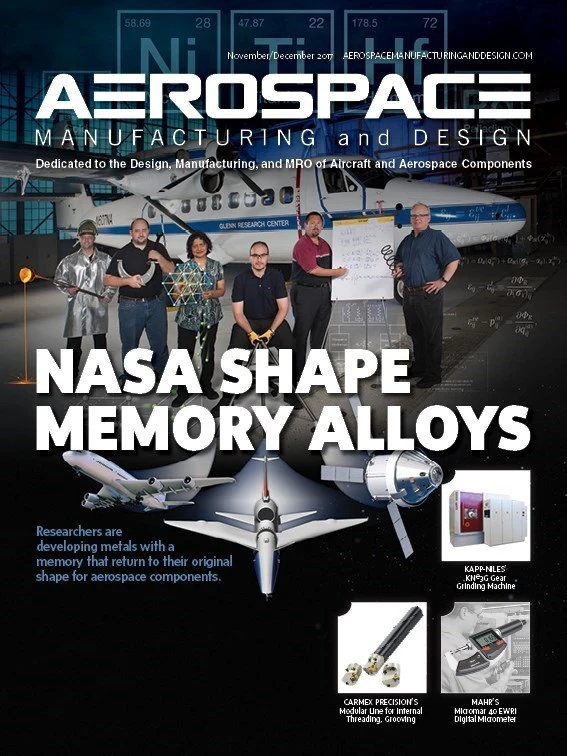
Boeing subsidiary Insitu deployed its INEXA Solutions aerial remote sensing teams to aid firefighters in suppressing the Eagle Creek fire in Oregon. Coordinating with the Oregon Department of Forestry and others, Insitu’s ScanEagle UAV produced near real-time data that increased firefighters’ situational awareness and safety, supporting planning and resource allocation. Electro-optical (EO) video for daylight and infrared (IR) video for nighttime and smoke-obscured flights allowed the ScanEagle to survey fire lines that had spread to nearly 49,000 acres throughout the Columbia River Gorge.
Images provided data for geographic information system (GIS) specialists to analyze using Esri’s ArcGIS software.
Insitu produced near real-time georeferenced spatial data – maps tied to specific known locations – so firefighters could locate fire lines and hotspots, and obtain video and still images of infrastructure.www.esri.com; www.insitu.com

Air Force UAS helps combat California wildfires
In response to wildfires raging across Northern California’s wine country in October, the California Air National Guard’s 163rd Attack Wing, based 60 miles east of Los Angeles, received Defense Department and Federal Aviation Administration approval to operate MQ-9 Reaper remotely piloted aircraft.
Two Reapers, swapping every 12 hours, covered six different fires with electrical, optical, and infrared sensors, mapping the disaster areas.
“Firefighters want to know the perimeter of the fire so they could compare how it’s spread since the last time they checked,” says Air Force Maj. Jason Flowers, chief of wing plans.
The Federal Emergency Management Agency also requested geo-location of fire-ravaged and unscathed structures for damage assessments crucial to properly funding the disaster recovery. The FEMA mission used the Reapers’ synthetic aperture radar. www.defense.gov

Nomad tested on USS Coronado
In August, researchers from the U.S. Naval Research Laboratory (NRL) successfully completed testing Nomad – a low-cost rotary wing vehicle in which researchers can test remote control, autonomous flight control, station keeping, and safe coordinated flight supporting multiple payloads – from the USS Coronado (LCS 4). The recent test demonstrated Nomad’s upgraded launch and control capabilities as well as a new recovery capability by launching multiple vehicles in quick succession, conducting formation flying operations, and recovering all vehicles sequentially aboard the U.S. Navy ship.
Co-principal investigator Steve Tayman,
The Nomad project is funded by the Office of Naval Research. www.nrl.navy.
Vanilla Aircraft’s VA001 completes five-day flight
On Oct. 23, 2017, Vanilla Aircraft’s VA001 touched down at NASA Wallops Flight Facility in Virginia, successfully completing a 5-day, 1-hour, 24-minute flight that traversed more than 7,000 miles – the longest unmanned internal combustion-powered flight. The aircraft executed a pilot-controlled takeoff, was switched to autopilot control, and orbited above Wallops Island’s Virginia Space
Designed, built, and operated by a five-person startup in Falls Church, Virginia, the VA001 unmanned aircraft carries up to 1.1ft3 of payload weighing up to 30 lb

Get curated news on YOUR industry.
Enter your email to receive our newsletters.

Explore the November December 2017 Issue
Check out more from this issue and find your next story to read.
Latest from Aerospace Manufacturing and Design
- Registration is open for April’s Manufacturing Lunch + Learn!
- Natilus begins search for new home to build world's most efficient commercial aircraft
- Aerospace Industry Outlook webinar is back by popular demand
- Automation Webinar with Visual Components
- PrecisionX Group expands manufacturing operations
- Creaform Metrology Suite expands capacities
- United Performance Metals acquires Fabrisonic
- OES’ 30mm vertical lift stage






